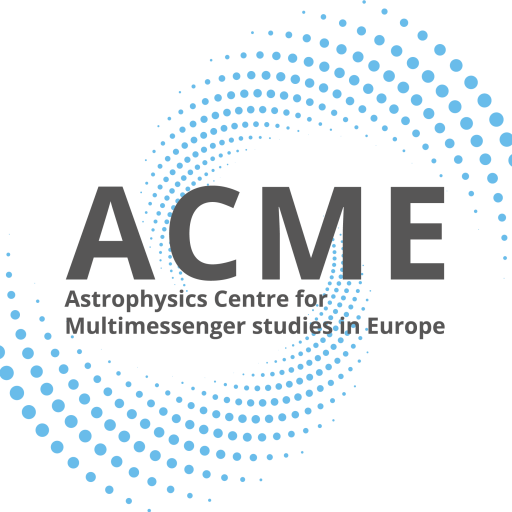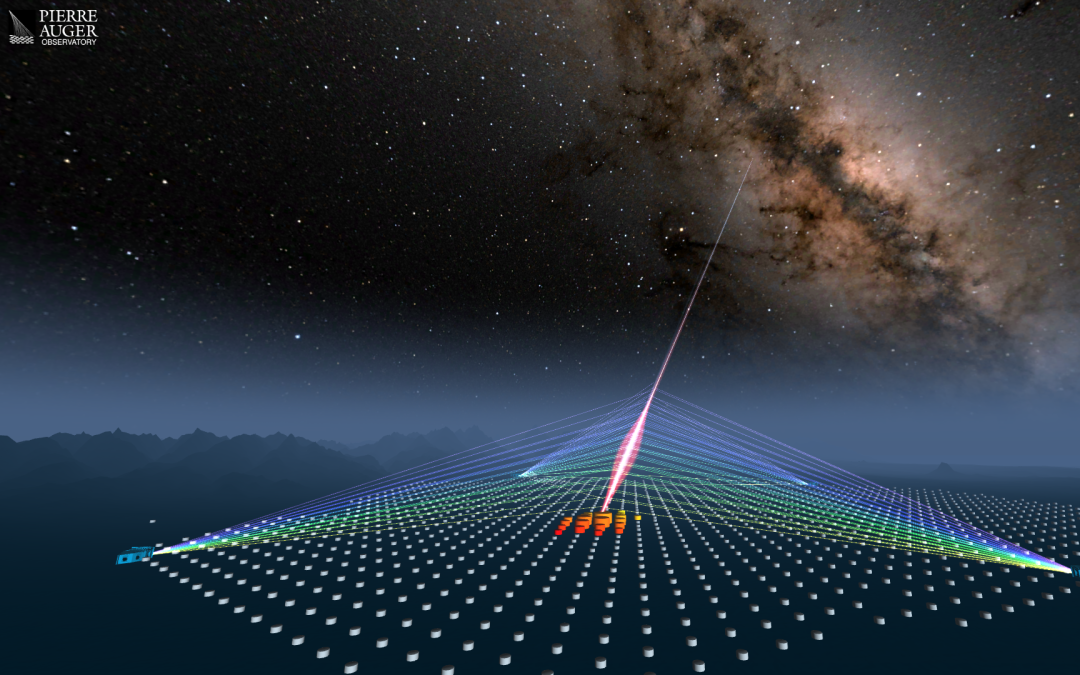The Observatory and its recent upgrade, AugerPrime, is the largest, most complete and precise detector of giant air showers of energy exceeding 100 PeV. It is a multi-hybrid Observatory consisting of a large array of 1600 detector stations 1500 m apart, in Mendoza Argentina (35.0⁰-35.3⁰ S and 69.0⁰-69.4⁰ W) covering 3000 km². Each station records the footprint of the air shower particles with a 10 m² water Cherenkov station and 4 m² scintillator. The radio pulses emitted by the shower particles are detected by two antennas sensitive to orthogonal horizontal polarisations. It also operates 27 fluorescence telescopes to measure the longitudinal evolution of the air shower above the array. There are two smaller sub-arrays of water Cherenkov detectors, 750 m, and 433 m apart each and a third sub-array of scintillators underground to detect muons in the shower front.
The vast majority of detected showers are induced by charged cosmic ray nuclei, although neutrons would be virtually indistinguishable from protons.
Showers produced by neutrinos and photons of similar energies can also be detected, and various techniques have been developed to differentiate the resulting showers. Their search has led to competitive limits on the diffuse and point-like fluxes of photons and neutrinos. With Auger we are also actively searching for potential associations of photons, neutrinos and neutrons with other observations, such as gravitational wave events, in a dedicated multi-messenger effort.
Main technical characteristics
- Angular resolution: 0.3⁰-2⁰
- Energy Threshold Area
- SD 1500 m array ~1 EeV 3000 km²
- SD 750 m array ~200 PeV 27.5 km²
- SD 433 m array ~50 PeV 3.9 km²
- Fluorescence ~300 PeV
Website: https://www.auger.org/

